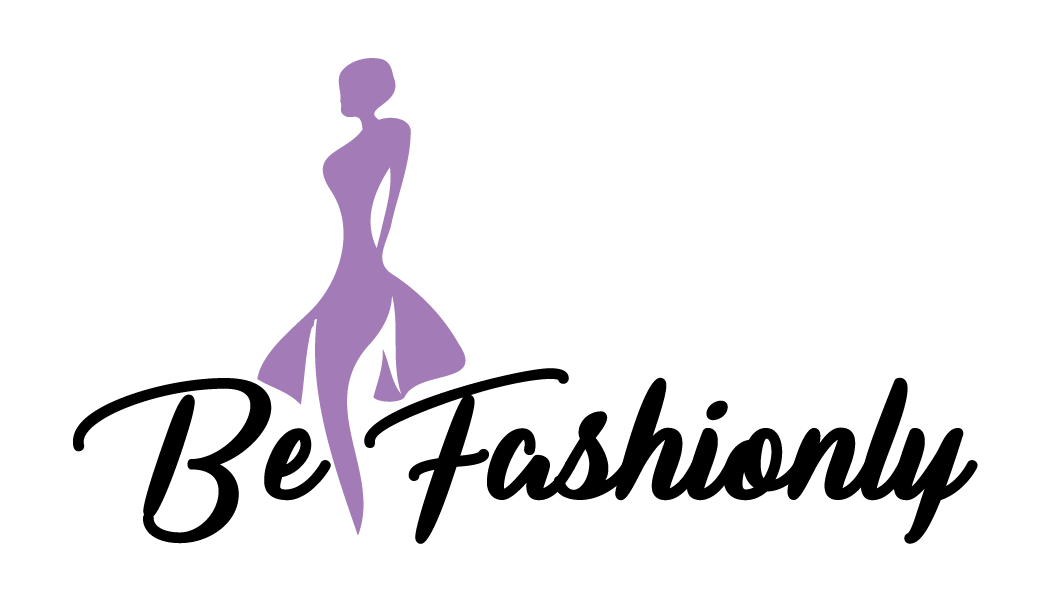Breaking Barriers: Rethinking Disability In The Fashion Industry
The fashion industry is built around selling a dream. But, for people with disabilities, this dream often feels beyond their reach. From inaccessible stores to clothing that doesn’t cater to individuals with physical limitations, the fashion industry has long had a narrow focus that sidelines those with disabilities.

Let’s examine why and what the industry can do to change it.
Access to stores is a major concern for people with disabilities, as many physical stores are not accessible, which makes it impossible for those in wheelchairs or with limited mobility to enter. Even when stores are accessible, there may be barriers, such as shelves too high to reach or narrow walkways that make it difficult for those in wheelchairs or using other mobility devices to get around.
When shopping online, many sites lack features like adjustable fonts and magnifiers, making them inaccessible for visually impaired shoppers.
The influence of social media on the fashion industry is another factor contributing to this exclusion. For years, social media platforms have highlighted “perfect” body types and “ideal” looks that many people strive for but cannot achieve due to their disability or physical limitations.

This type of imagery perpetuates an idealized view of beauty that excludes those who do not fit into it – including people with disabilities. As a result, many clothing companies focus on catering only to a specific “ideal” demographic while excluding people with disabilities from their advertising and product lines.
People with disabilities also face issues with the lack of adaptive clothing options available on the market. Adaptive clothing is designed specifically for individuals with physical limitations and provides items that fit their bodies better than regular clothes.
Unfortunately, these types of clothing are hard to find because they are not widely available in stores or online—and when they are available, they tend to be expensive and limited in style options. As a result, people with disabilities frequently encounter challenges in finding clothing that fits them well and enhances their appearance.
The good news is there are steps the fashion industry can take to become more inclusive toward people with disabilities. One step would be ensuring all store locations have wheelchair ramps and other modifications so everyone can access them.

If the fashion industry truly wants to become more inclusive, they need to ensure that everyone feels included in their advertising campaigns and product lines.
It means featuring models of all sizes and abilities in their campaigns, creating clothing items designed specifically for people with disabilities (e.g., adaptive clothing), and offering products made from breathable fabrics that can accommodate various body types without sacrificing style or style comfort.
Additionally, websites should include features such as adjustable fonts and magnifiers so visually impaired shoppers can easily browse items without any hindrance. Lastly, more adaptive clothing options should be available at reasonable prices so everyone can express their style regardless of their physical limitations.
